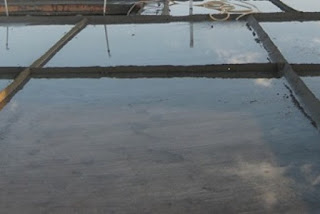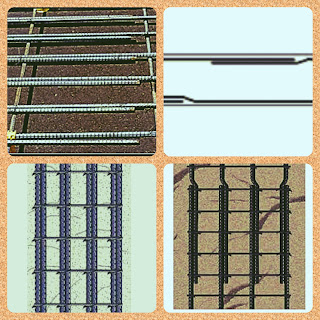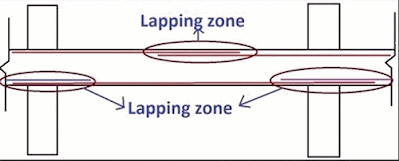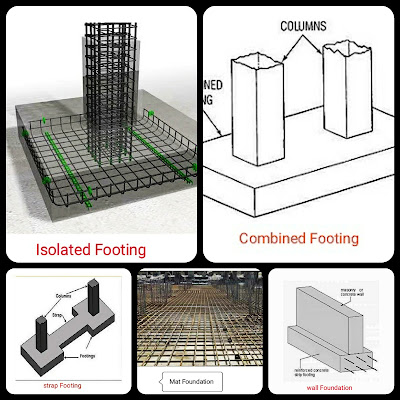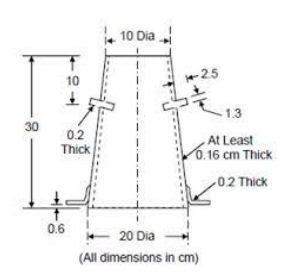Bearing Capacity of soil from SPT Value
Bearing Capacity of Soil: Bearing Capacity is the capacity of soil to support the loads applied to the ground. Here we will discuss how to determine bearing capacity of soil from SPT value.
Why Bearing Capacity is Important?
1. Structural Stability
Prevents Settlement:
Avoids Shear Failure:
If the soil's bearing capacity is exceeded, the ground can shear and collapse, leading to disastrous structural disappointment.
2. Safety
Ensures load transfer:
Mitigates the Risk of Collapse:
Understanding and designing for the proper bearing capacity helps prevent the chance of sudden collapse due to soil disappointment.
3. Cost Effectiveness
Optimizes Foundation Design:
Knowing the bearing capacity allows engineers to design the most efficient and cost-effective foundation. Overdesigning (utilizing too many expansive establishments) can be costly, whereas underdesigning can lead to structural issues and expensive repairs.
Reduces construction costs:
Accurate evaluation of bearing capacity can lead to the selection of appropriate foundation types and sizes, reducing unnecessary material and labor costs.
4. Life span of the structure
Guarantees Strength:
Establishments planned with legitimate thought of bearing capacity contribute to the long-term strength and benefit life of the structure.
Minimizes Upkeep:
A well-designed establishment decreases the need for visit support and repairs due to foundation-related issues.
Plans for Future Loads:
Knowing the bearing capacity permits the planning of establishments that can accommodate future extensions or extra loads without compromising structural integrity.


